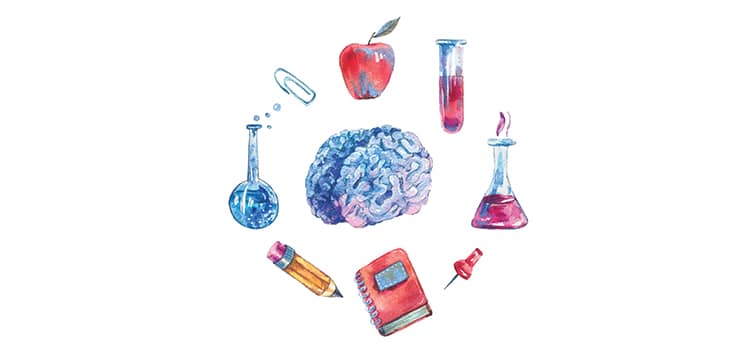A thousand years ago, when I was in grade 12, I had a physics teacher, Mr. Weeks, who was legendary for the powerful experiences that took place in his classroom. Until Mr. Weeks’s class, I found science tedious and boring, but he changed everything. His class was focused not on the answers, but on the questions. He injected awe and wonder into our mutual explorations of how the world worked. I hope we have all had a teacher like that.
When I disputed one of the core tenets of physics, he didn’t respond with the kind of implied put-down I was used to: “How could a high school student know better than the great minds of the ages?” Instead, he started out from the assumption that I may be right, and engaged me in a debate. The second law of thermodynamics did not fall that day, but I did come to a better understanding by being allowed to question it.
Science is always a balancing act between explaining and exploring, between curiosity satisfied and curiosity stoked. When the most popular explanation for something becomes well established, it turns into dogma, until someone comes along to challenge it. Everybody thought they knew how the universe was put together until Galileo came along and said, “I’m not so sure.” He lost his life for that.
Science is always a balancing act between explaining and exploring, between curiosity satisfied and curiosity stoked.
How we use science matters. Just think of all the attempts to use “scientific” arguments to prove one gender or race as superior to another. When that happens, the spirit of inquiry and exploration are long gone. Science just becomes a convenient way to end the conversation.
In the past several decades, neuroscience—or at least jargon that is loosely based on neuroscience—has been used to explain what’s going on with mindfulness and meditation or why we need it. Sometimes explanations come in the form of graphic stories about how we get hijacked by the ancient, “reptilian” part of our brain and need the new, improved parts of the brain to come to the rescue. And these newer parts are associated with mindfulness, which, like a superhero, takes care of the villainous emotional region of the brain that has once again gotten us into trouble.
It’s a nice parable, and some grains of truth probably reside there somewhere, but the idea of the reptilian brain was dismissed long ago in mainstream neuroscience. It was simply a hypothesis. And the idea that brain regions have one job to do does not accurately reflect how all the parts of the brain work together in a complex web of millions of interactions.
In trying to explain how mindfulness works, let’s not lose our sense of wonder and stray into fixed ideas and dogma. Mr. Weeks would not be pleased.
This article appeared in the June 2018 issue of Mindful magazine.
The Science of Meditation
What is the Science of Mindfulness Missing?






